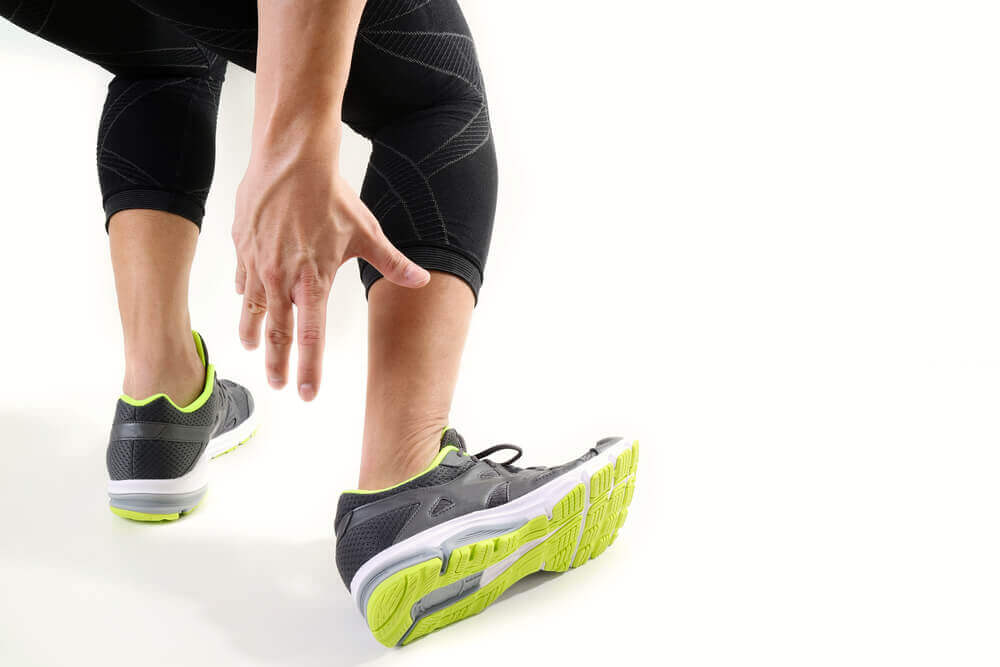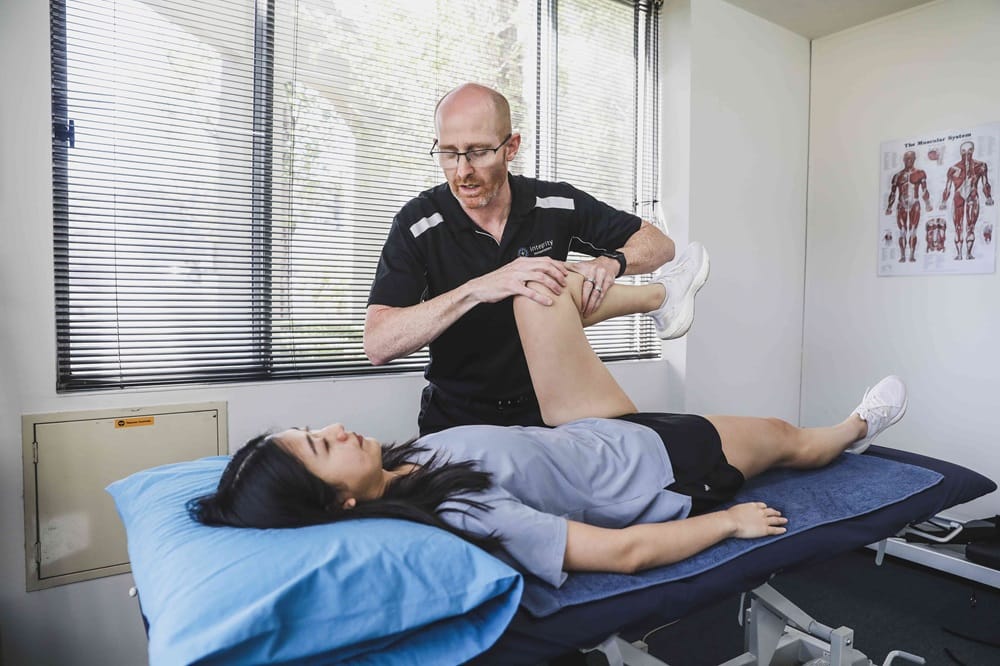
What Is A Sprained Ankle?
A sprained ankle can occur when you roll your foot awkwardly and overstretch the ligaments which hold your ankle bones together. Depending on the severity, a sprained ankle may cause pain, swelling and limited movement.
What Causes A Sprained Ankle?
The ankle joint is made up of several bones allowing a high degree of mobility. These bones are held together with strong bands of connective tissues called ligaments. The ligaments help to keep the joints stable preventing too much movement.
An ankle sprain occurs when a sudden movement (usually when the foot rolls inwards), causes the ligaments to become overstretched, or even torn. An ankle sprain is a common injury often occurring during running, jumping and sudden direction changes during competitive sport or even with incidental day to day activities.
What Are The Symptoms?
The symptoms of an ankle sprain may include the following:
- Pain
- Swelling
- Bruising
- Redness and warmth in the affected area
- Limited ankle motion
It is important to seek a proper diagnosis from your Physiotherapist as symptoms of a sprain can sometimes be similar to a muscle strain or fracture. Your physio will be able to determine whether you require rehab for your ankle sprain or possibly something more such as muscle strain treatment or an X-ray depending on your signs, symptoms and clinical tests.
Does Physiotherapy Help A Sprained Ankle?
Your sprained ankle treatment will depend on the degree of injury to your ankle ligaments. Your Physiotherapist will advise you on the best treatment options for your sprained ankle. Physio for sprained ankles aim to:
- Protect your injured ankle
- Provide pain relief
- Reduce inflammation
- Improve the joint’s range of motion
- Strengthen surrounding muscles
- Restore normal function
- Prevent further injury
How Many Physio Sessions Are Needed?
The number of physio sessions will depend on many factors, including the severity of your injury. There are three ratings of severity:
- Grade one: This is a minor sprain and has minimal tissue damage. Recovery is often fast such as returning to sport the next week. However, recovery is usually around 3 to 6 weeks.
- Grade two: Some of the ankle ligament has been partially torn and there will be some pain and swelling. This may take up to 12 weeks to fully recover.
- Grade three: This is the most severe type of ankle sprain. The ligament has been completely torn and may require reconstructive surgery. This is an uncommon type of ankle sprain.
When Should I Start Physio For My Sprained Ankle?
You can begin physio for a sprained ankle immediately. You should seek advice from your therapist to determine the severity of your injury and ensure you have the right advice. Often a lateral sprain for example will need a protective stabilisation strapping to reduce further injury and begin to optimise healing. Exercises should be started slowly while using your pain level as a guide. You should ease off if the pain is more than mild. Your type of rehabilitation and timing will vary according to your physio’s recommendations.
Can Sprained Ankles Cause Permanent Damage?
The majority of ankle injuries recover completely and do not cause any long-term problems. However, sometimes there can be permanent damage. If the ligaments fail to heal properly there may be ongoing weakness or instability which can place extra stress on the cartilage surface of the joint. It is important to seek proper and professional treatment to ensure a full recovery from your injury.




